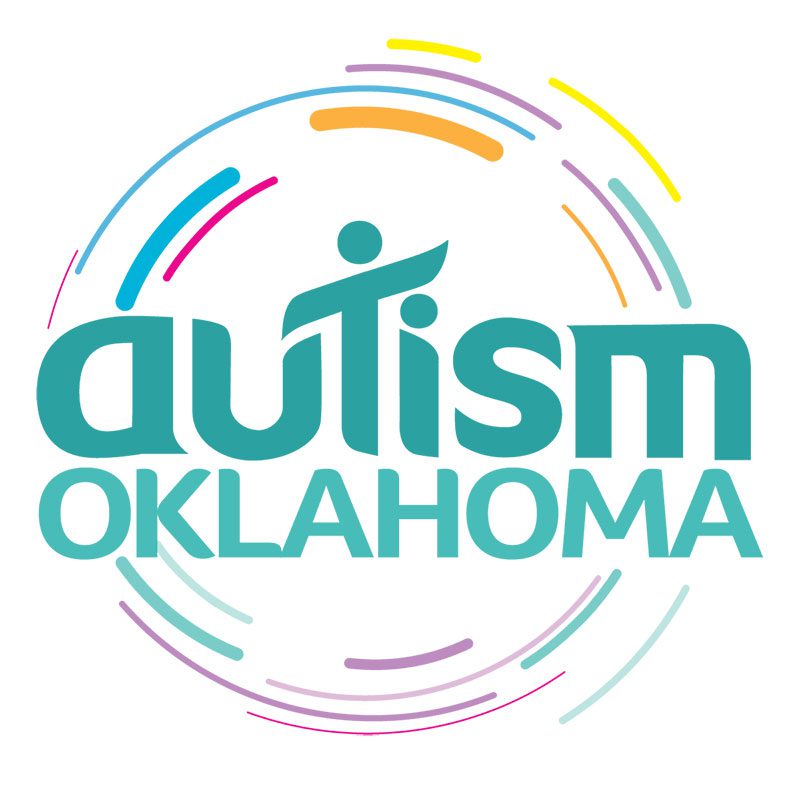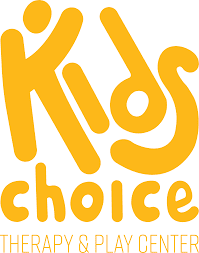About AustimOklahoma
No. AutismOklahoma is a local non profit organization founded in 2002. 100% of every penny donated and raised stays in Oklahoma to directly serve Oklahomas.
With 1 in 54 children diagnosed on the autism spectrum, it is likely that everyone knows, or will know, a family impacted by autism. More children are diagnosed with autism than Cancer, AIDS and Diabetes combined.
To support the 4,500 children, adults and families directly served by us each year in 13 Oklahoma communities. Our 113 programs and activities are free or very low cost, and 95 cents of each dollar raised goes directly back into programs. Your tax-deductible donation provides local support for local families. Our Tax ID number is 26-0807671.
No. AutismOklahoma maintains studio space in Oklahoma City. We rely on community partners, such as churches and community centers, to carry out programs and events in other communities.
With a full-time staff of 5 employees, we utilize 826 volunteers throughout the state. About 40 of our volunteers are highly-trained leaders who work within their communities to create the opportunities wanted and needed.
No other local organization offers families impacted by autism the programs and services we do, from diagnosis through adulthood. We have carved out a highly-successful, creative and unique niche to serve our communities and know that Interest + Opportunity = MAGIC.
About Autism Spectrum Disorder
Autism is a complex developmental neurodiversity that affects a person’s ability to communicate, reason, and interact with others. It typically appears during the first three years of a child’s life.
According to the Centers for Disease Control, autism affects approximately one out of every 59 births. Autism can affect any family and any child, regardless of racial, ethnic, social boundaries, family income, lifestyle, or educational levels.
Currently, there is no cure for autism, but evidence shows that early intervention results in positive outcomes for children with autism, and the earlier the better.
At this time, the cause of autism is unknown. The current research suggests that autism is a genetic disorder that is possibly triggered by environmental factors.
Medical tests to diagnose autism are in the experimental phase and are not available yet. A trained diagnostician, typically a psychologist or neuro-developmental pediatrician, can diagnose autism based on observations of a child’s behavior.
Asperger’s has some of the same social deficits and restricted range of interests and behaviors that autism does. However, those with Asperger’s do not have a history of substantial cognitive or communication delays.
PDD-NOS is the abbreviation for Pervasive Developmental Disorder Not Otherwise Specified. PDD-NOS and autism are both diagnosed through observation of behaviors, and the diagnosis of PDD-NOS is made when a child has only some deficits or an atypical pattern of deficits. The difference between a diagnosis of autism and PDD-NOS is often very subtle, and people with either diagnosis are likely to benefit from similar approaches to treatment and education.
Most children with autism spectrum disorder show developmental differences when they are very young, especially in social and language skills. They usually crawl, sit, and walk on time, so the more subtle social differences don’t get noticed. Here are some examples of social differences:
- Not making eye contact with others
- Not cuddling like other children
- Not smiling back at others
- Extreme interest in a particular item or activity
- Repetitive actions
- Frustration or anger at changes in routine
- Not responding to his or her name
- Tuning others out
Pediatricians now routinely screen for autism at 18 and 24 months.












